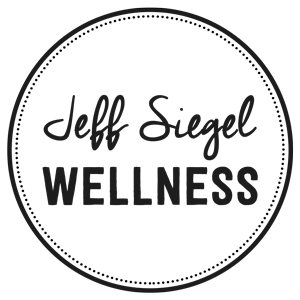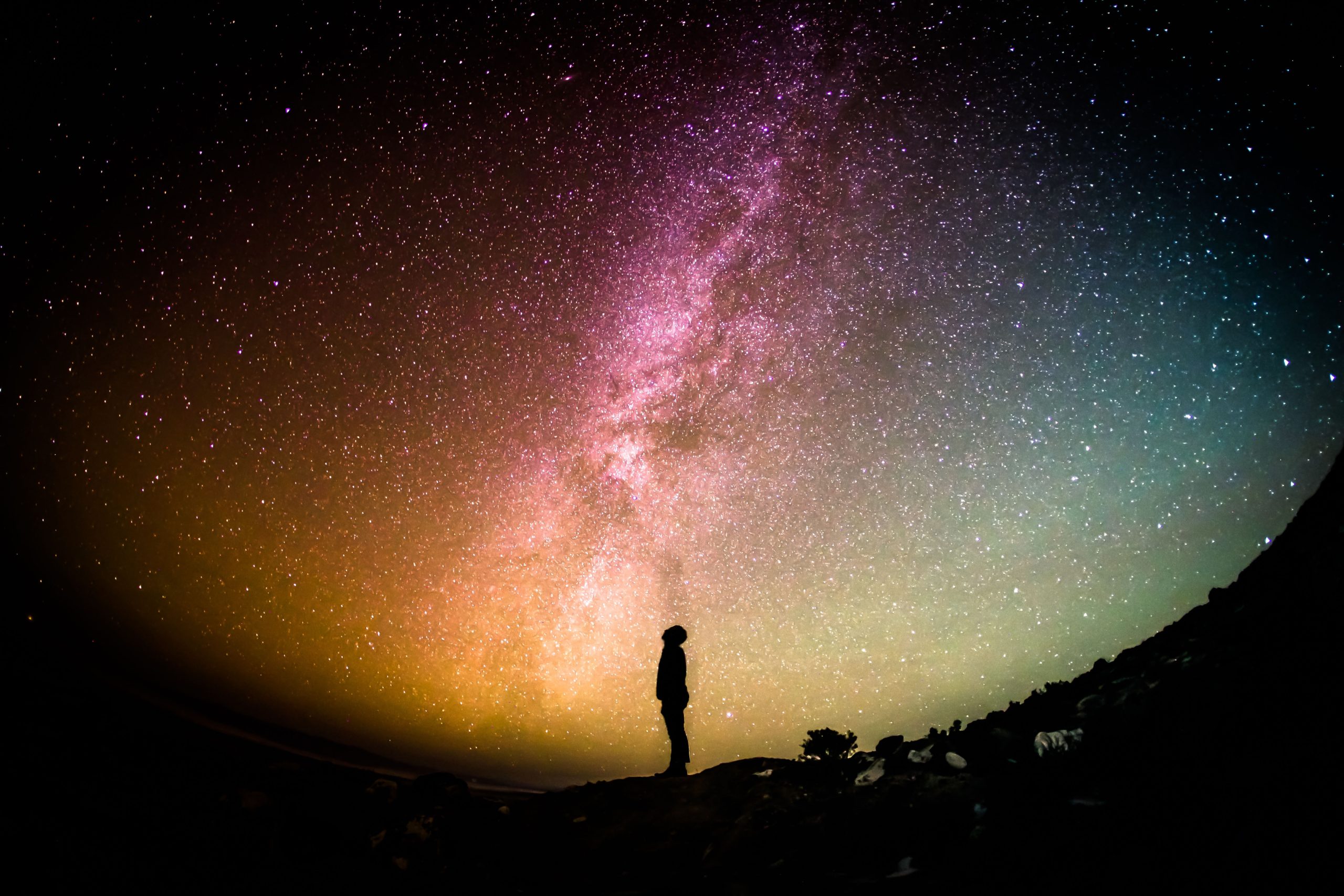After days of silent meditation, mindful walks, and a complete suspension of my old routine, I began to see things that I had never seen before.
These “spiritual truths” showed up in my life for ages, but I struggled to understand accept what they meant. I needed the spaciousness of a Harvard retreat to complete the pilgrimage from my head to my heart and back into my body to allow these insights to blossom.
I share with you these four spiritual truths, not as absolutes, but as an ongoing investigation in what it means to be human.
They are formed from my own reflections and meaning-making process. Therefore, I suggest you verify them in your own lived experience. Don’t blindly accept any of these things to be true.
My hope is that opening your heart and mind to these realities will create a little more ease for you and the world. If anything, let them spark questions that power your own investigation into what’s true.
Four Spiritual Truths
- Being in a body is hard…and if we don’t try to escape this discomfort, we can unlock the divine.
- Every single relationship, even the most loving, are sources of pain…and if we’re willing to enter that pain, we can evolve.
- Every thought comes at a cost…and is a tool for authoring more loving and empowering stories.
- Mindfulness is essential for self-knowledge…but by itself is not enough for real transformation.
1. Being In A Body Is Hard


Body’s hurt. Period.
They require a lot of tending to: you need to take them for a walk, keep them nourished, let them rest, and clean up their poop.
During the retreat, sitting cross-legged on a cushion for hours on end was punishing for my body.
But what I am referring to is more than the challenges of dealing with sitting forever. I’m not even referring to the difficulty of chronic pain and emotional discomfort (although these are very real sources of suffering.)
I am pointing to the existential hurt of spirit inhabiting matter.
By spirit, I’m referring to our unbounded consciousness, the infinite, the unconditioned, the quantum field, the plane of possibility, or whatever terminology you prefer to describe where your awareness originates before its filled with thoughts and sensations.
When this aspect of existence becomes embodied (i.e. captured in a body), there is a tension that never goes away.
When Spiritual Truth Meet Material Truth, It Hurts.
In the book Waking Down, Saniel Bonder describes this hurt as the core human wound. It is the paradoxical tension of being equal parts infinite and finite, spirit and matter, boundless awareness trapped in a limited body.
A lot of spiritual practices circumvent this tension by transcending the body and the constraints of the material world. Many people seek spiritual experiences precisely because they promise freedom from this conditioned realm.
Who wouldn’t want to be free of their back pain, childhood traumas, and emotional vulnerability?
While tapping into the transcendent and unconditioned is a fruitful (and often blissful) awakening experience, it’s only one aspect of real growth.
The other part is figuring out what the hell to do when you stand up and relative reality comes back around to smack you in the face.
No matter how blissful my meditation, when it ended my back still hurt. My heart still ached from seeing so much injustice and suffering. And my anxiety about being stuck in a body for the rest of my life refused to go away.
There is a real danger in meditating solely to transcend the body or relative truths. It doesn’t help you deal with the difficulty of going about your embodied life with an identity you largely didn’t choose. It just bypasses it.
Entering The Pain of Bodies Opens The Doorway To The Divine
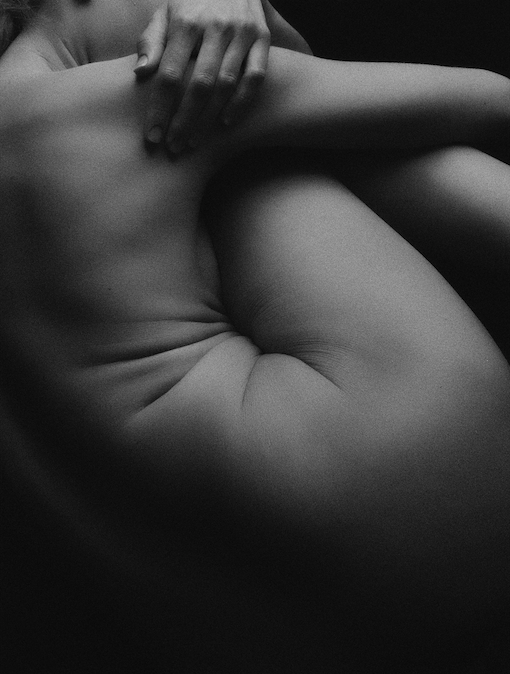

Learning how to live in, with, and through your body, while holding on to the realization that you are also much more than just a skin encapsulated ego, is the real challenge.
It is only here, in bodies of all shapes and sizes, from which our work on planet earth needs to be done.
By going down and through all the wounds, injuries, and traumas of my body could I begin to experience more of my own humanity. When I opened to new ways of inhabiting my body, I uncovered more of what was true for most of my life—that I was an unloving dictator towards my body because I couldn’t accept the fundamental tension of living in it.
I bossed it around. Made up silly rules for it to follow. Held it to insane and toxic ideals of what it should look like. Refused to listen to its cries for help. And then slathered it with guilt and shame about being so needy.
When I truly accepted both the personal and existential hardship of existing in a body, and most importantly, didn’t fight it or try to make it go away, I finally felt a sense of ease.
Learning to inhabit my body with love is and always will be my personal practice.
And at some level, it’s all of our practice.
We must learn to feel equally shattered and whole at the same time. And, more importantly, to be ok with this paradox. It’s important to explore pleasure, not as a hedonistic escape, but as an embodied experience of the divine.
Mindfulness of pleasure and mindfulness of pain is part of attuning to the reality of life in a body. We just need to be careful when our pursuit of whats real seeks to extinguish existential stress of spirit inhabiting matter. The struggle to escape this spiritual truth is what causes real suffering.
2. All Relationships, Even The Most Loving, Are Painful


To care authentically about others—out of direct personal involvement or compassion—is to guarantee suffering, anger, and sadness. Caring hurts, and we cannot enter into a relationship without being willing to accept the inevitable pain it will cause.
The spiritual truth of the inescapable pain of relationship became illuminated for me in three ways:
1. Either they will go or you will go. Someone will die and the other will have to face the pain of loss.
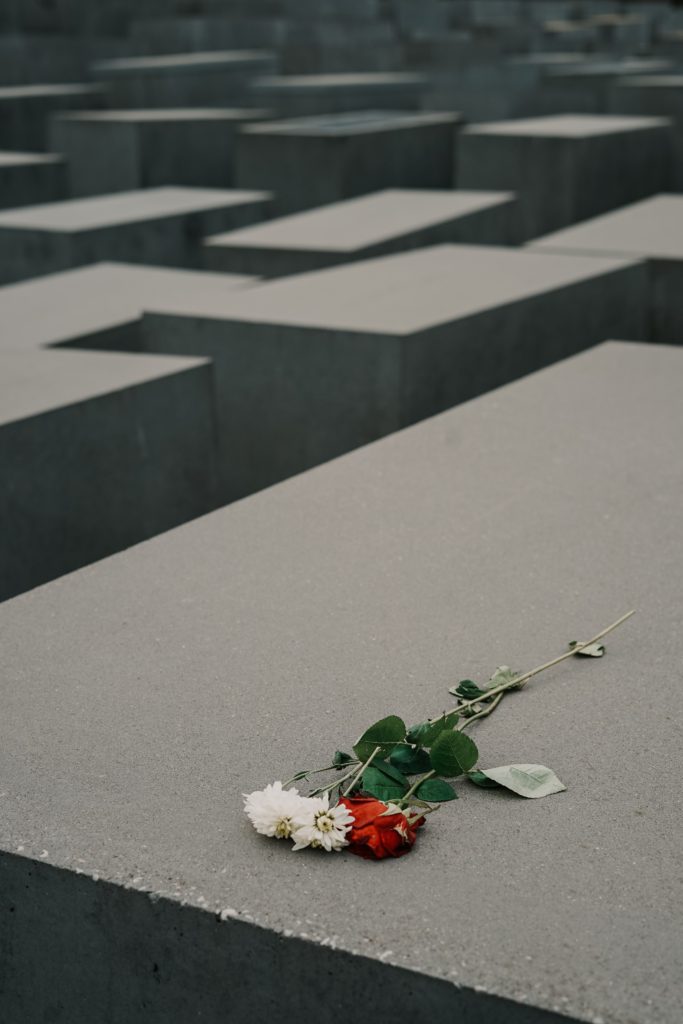

This is inescapable and it sucks. As I say in the article, “It’s Time We Start Talking About Death (If We Truly Want To Live)” we are never taught:
- How to stay goodbye when we’d rather not.
- How to let go when we’d rather hold on.
- How to openly and honestly express our feelings about the pain of loss.
- How to accept and befriend the hurt of being left behind.
- How to mourn falling out of relationship as much as we love falling into one.
- How to redefine ourselves when our labels and roles once defined by that relationship no longer exist.
If you’ve had a relationship ripped away from you before you were ready, you know how painful it feels.
Some spiritual paths may tell you not to get overly attached in the first place. But I’ve found that if you want to suck the marrow from this thing called life, there’s value in learning how to ride the rollercoaster of attachment. Just do so consciously, accepting all the terms and conditions that apply.
2. Every human is imperfect. Relationships are imperfect. Imperfect relationships are subject to suffering.


Another way of saying this is that good intentions can’t guarantee a good impact. As long as there is separation, there will be suffering.
Inevitably, someone will say or do something that originated from an incomplete understanding of oneself and the world. This act, no matter how innocent, will cause harm and hurt.
Even a baby, perfectly pure in its intent, can cause pain and dissatisfaction for others simply because the baby is living by a different rulebook.
The truth is that we all are living by slightly different rulebooks. And when we hold others to rules they did not agree upon (or even knew existed) we create harm.
I can see this with my wife, with my brother, with my closest friends. I never intend to do them wrong, but simply acting out of my own blind spots, insecurities, and projections, I have made them suffer.
I wish there was another way, but as they say, to be human is to err. I find this to be true but partial.
Perhaps a more complete statement would sound like this: To be a highly evolved human is to see the common humanity in our errors, to ask for forgiveness, and to take 100% responsibility to disrupt the pattern so harm is not repeated.
3. We deny parts of ourselves that we deem unacceptable to be in relationship, and in doing so, create further internal division and harm.


How often do you feel like you can let down your guard and reveal your true colors to someone?
So many relationships don’t allow this honest and full expression of who we are. So we hide.
We protect ourselves from being hurt by not revealing too much. We withhold our most tender parts, even if they desperately want to be seen, because we can’t trust they’ll be held with love.
The spiritual truth is that few of us know how to fully and unconditionally accept what is inside ourselves, let alone another person.
We have not fortified our containers of consciousness with enough love to receive all we were, are, and will become.
The result is that we hide parts of ourselves we think are unlovable or believe other people can’t handle. This creates a shadow self, and its very existence is a source of hurt because we never allow ourselves to be fully seen.
Relationships Come With Baggage. If You Open These Bags, You’ll Find Jewels For Your Evolution.


The pain of accepting that you hurt someone even if you didn’t mean to is simply part of existing in a world where there is a “you” and a “me”.
The spiritual truth is that we are all one, but in the material world, one manifests as many. And as many, we need to be in relationship and learn to get along.
You may say to yourself, “If you don’t want to experience this pain, don’t get involved in a relationship.”
However, you are not given a choice. Our minds depend on chopping the world into “self” and “other.” To exist in society is to exist in a web of relationships. We are all so deeply embedded in it that we mistake labels, titles, and roles as who we really are.
The fact is that relationships can do more than keep us alive. They can keep us evolving.
When we have the courage to confront the hurt and harm that arise from relationship, we can discover tools that open us to new possibilities.
Healthy relationships – one’s where boundaries are set, expectations are clear, needs are respected, aspirations are mutual, and communication is open – can support and catalyze our growth in ways beyond what is capable alone. In fact, we need others to illuminate what we cannot see in ourselves.
The challenge is that being vulnerable to receive this illumination from others also means being open to receiving pain and hurt. We can’t have one without the other.
The challenge is that receiving this illumination from others also means being vulnerable. It’s a risk to open yourself to receiving, because both love and pain are intertwined in the same package. We can’t have one without the other.
So if we truly want our relationships to build us up, we must accept all the baggage that comes with it. The key is to open those bags, together, and use them to seed our freedom.
3. Every Thought Has and Is an Opportunity Cost…And A Tool For Your Liberation


All thoughts are limiting thoughts because they limit our perception. They act as lenses to filter the signal from the noise.
This is the gift and the cost of thinking—that it divides the continuous into mind-made pieces.
Thought is a discriminating factor, and it needs to be used wisely. For every time we slice and dice reality, we create division: in-groups and out-groups, right and wrong, liking and disliking.
Two potential problems arise from this process of thinking:
- We
forget that we have sliced up and divided reality based upon assumptions,
biases, and models that may not be accurate.
- We start believing that our thoughts are the truth, forgetting what we’ve made up, filled-in, or left out in this cognitive construction.
The Cost of Thinking Unhelpful Thoughts
While meditating, I noticed thoughts as cognitive-linguistic content passing through the ether of awareness. This spiritual truth–that I am more than just my thoughts–gave me the option to wield the wand of thought with a wise and compassionate hand.
Perhaps my first observation was that most thoughts weren’t particularly interesting. They rehashed the same old fears of being unloved, unwelcome, embarrassed, or in pain. My ego-mind was operating on its survival hardware, trying to control and protect itself from physical discomfort or social exclusion.
I found myself silently noting, “Nothing new here,” or “Same old ego story.”
In fact, calling them “my” thoughts seems a bit of a misnomer as they arose due to patterns of biological and cultural conditioning that had little to do with “me”.
The more I settled into awareness beyond thinking, the more I began to see that each thought that occupied my awareness came at a cost —
Could I be having a better thought?
What if I didn’t think at all?
If I let go of this thought, who am I?
During these moments of contemplating my thoughts, I worked with three different approaches:
- Expand the thought to be broader and more loving. This involved taking the initial thought and molding it into something better. Better, for me, meant heeding the writing of the teacher’s hat, which boldly said, “Choose Love.”
- Drop the current thought and allow a new thought to take its place. This is probably the most common meditation practice: simply let the thoughts be and then let them go. When you witness the thought without attaching to it, it will linger, transform, and eventually disappear.
- Drop thinking altogether and stay grounded in other forms of awareness. This third one might seem difficult to wrap your mind around…precisely because it’s about letting go of the part of your mind that likes to wrap around things. To let go of thinking simply means to tune in to the other forms of intelligence that are already present. These include more somatic and intuitive ways of knowing.
Thoughts Can Be Effective Tools For Liberation
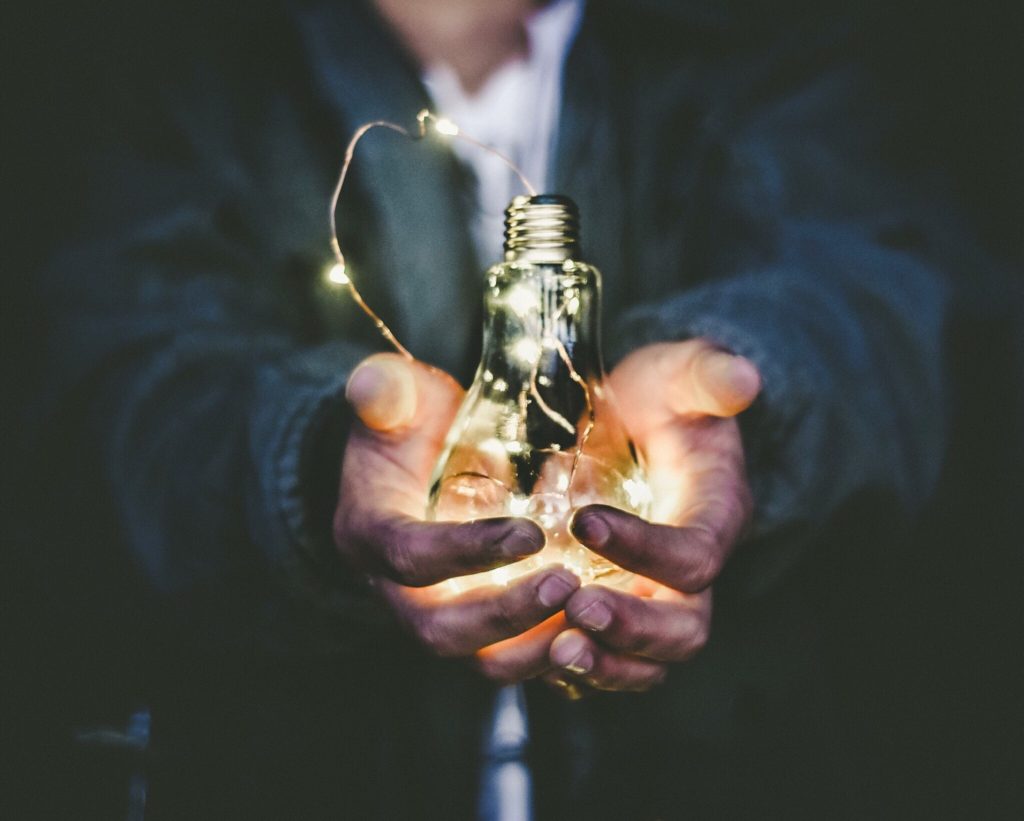

Rather than taking thoughts at face value, I could assess whether any particular thought was empowering my greatest aspirations or holding me in conditioned patterns of fear.
Seeing the mythology behind every thought and intentionally choosing the thoughts that produce the greatest good opened a world of possibility for me.
Thought became a tool, much like writing, that I could wield to make sense of and manipulate the world.
Yes, each thought was biased and limited. But they made the world accessible by turning it into parts that are small enough to handle and easy enough to transmit to others.
The transmission piece is key. Thoughts are so deeply intertwined with language and embedded in the desire to connect. Thoughts birth stories, and stories give us personal and shared meaning and purpose.
As Yuval Noah Harari says in the book Sapiens, large numbers of strangers can cooperate successfully by believing in common stories. Whether the stories are imagined or not, they exert real force in the world. Better thoughts, better stories. Better stories, more opportunity to build power with rather than over.
The spiritual truth is that we may not have the power to choose every thought, but we do have the power to veto or edit it. If we use this power to author better stories, we create opportunities for greater connection and love.
We just need to be prepared to abandon a story the minute it stops working. This is the hard part.
4. Mindfulness Is Essential and Limited By Perceptual Bias


Mindfulness has a lot of hype these days, and I do believe it’s the first step for creating meaningful and lasting change in your life. Without an amplified and honest awareness of what’s true for you, you’re likely to trip over yourself.
However, for all the ways mindfulness can aid us, it is not a panacea. It has its limitations. The first is the built-in bias of our perceptual machinery.
No matter how mindful you are, your perspective is still partial. You may have a fully aware, awake, and accepting mind, but it is still a human mind.
You can fully open to your sensory reality (e.g. what you’re hearing, smelling, touching, thinking, and feeling in this moment) but even that is constrained by your neurobiology and cognitive biases.
As Ajahn Brahm says in the book Mindfulness, Bliss, and Beyond, “Our experiences, even when they are mindfully observed, are not always the way things truly are.”
We don’t like to admit this. Neither do most mindfulness teachers.
The illusion that we can have some completely impartial view of the world is appealing and full of hubris. It is as silly as science claiming to be entirely objective and free from bias. We know that the simple act of seeing changes what is being seen.
Mindfulness Limited to Personal Truth Ignores the Collective
The question I kept coming back during the Harvard retreat was,
“Where does mindfulness end?”
When I was sitting on a meditation cushion inquiring into my present moment thoughts and feelings, this level of mindfulness seemed satisfactory.
However, the moment I got up and reintegrated into society, reality got more complex and truth became more layered. My mindfulness needed to expand.
Mindfulness off the cushion was no longer only about me and my experience. It was also about “we” and what is true for us.
Is there an obligation to be mindful of these relative, collective truths?
Yes, I think so because we all exist at the intersection of multiple identities and multiple oppressions. We need to be honest about how these identities may grant us certain privileges that allow us to navigate the world in an easier way than people who have other intersecting identities.
I could see this in myself as I practiced. No matter how mindful I felt, I was still bound by my deeply ingrained worldviews and privileged positionality as an able-bodied, youthful, cis-gendered white male living in America.
This social truth was just as real as the physical truth of pain in my back and hunger in my belly.
Unfortunately, few mainstream mindfulness instructors are radical enough to take the conversation there. For mindfulness to survive as a commodity, it needs to be apolitical.
Mindfulness Needs To Illuminate The Personal, Social, and Spiritual Truths
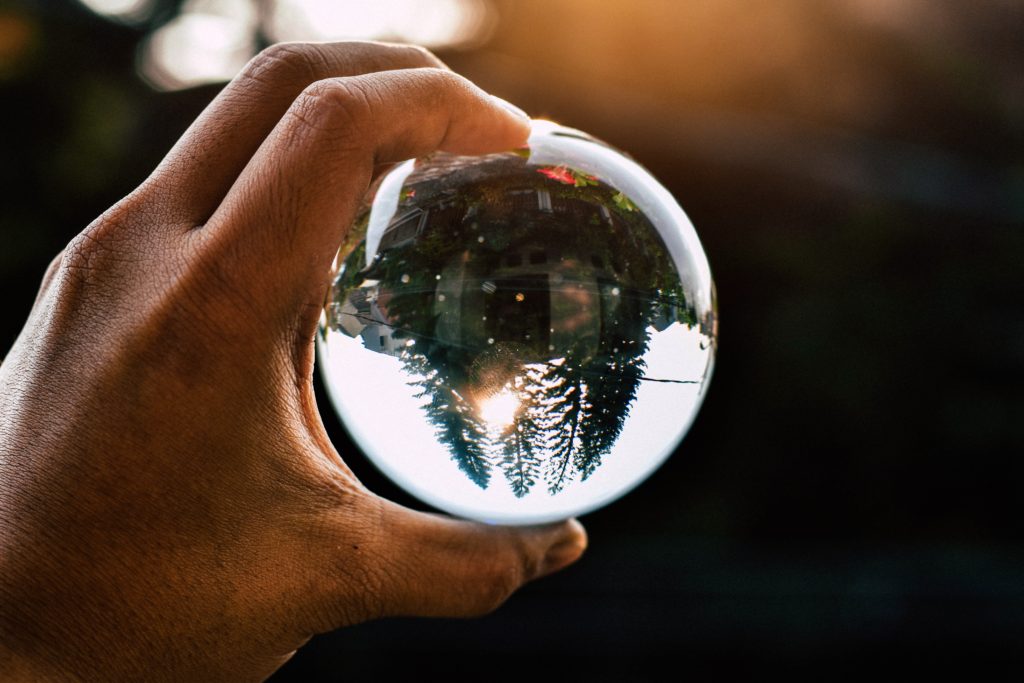

This is why I appreciate the work of my teacher Lama Rod Owens and the retreat organization Inward Bound Mindfulness Education because they make space for the social component of these practices.
They show how mindfulness sets the stage for greater self-awareness, but the work doesn’t end there. We still need to take skillful action in the world.
Although the Harvard retreat was mostly silent, we met twice a day in small groups with teachers to discuss the practice and our experiences. These meetings gave everyone an opportunity to practice relational mindfulness. It was a chance to interact with others with the same openness and curiosity for the truth as we did peering into our inner world while meditating.
For some, these conversations may have detracted from the deep silence that enables you to plunge into the depths of your psyche. Yet, historically, these contemplative practices were taught within the context of a community for a reason. We need others, not just to support us in being mindful as we go about our day, but also to help us see the boundaries of our mindfulness.
Is Being Mindful of My Limitations Enough?
The question I wrestled with was,
“How trapped am I and how much can mindfulness untether the chains?”
The spiritual truth I landed on showed me that mindfulness can make me aware of my shackles, but I need other people to help me become free. And the only way to do that is to acknowledge that I am both the captor and the captive.
Being seen by others allows me to take responsibility for ways I am asleep and my participation in systems of oppression. And in that relational space, I can see that my freedom is inherently bound to yours, as we are cut from the same cloth of the cosmos.
I’m Not Free Until All Of Us Are… Keep Practicing.


Leaving the Harvard retreat and returning home was a confusing period of reintegration. Part of me immediately defaulted back to old ways of being in the world. Another part of me remained grounded in a more spacious and loving place.
I struggled to find the middle way and not forget these spiritual truths I saw so clearly on retreat. Perhaps, in a moment of frustration, I stumbled upon spiritual truth number five…
That we all forget, and it’s ok. Everyone can use a little reminder about what is of ultimate concern.
So here is a pithy reminder to carry with you:
- We are thrust into human bodies to learn how to accept discomfort and hold it with care.
- We are thrown into relationships to learn how to love and let go.
- We are given the tool of thought to learn how to author stories that connect and liberate rather than disempower and confine.
- We are bestowed with the powers of mindfulness to see how we are all works in progress, unfolding together as physical, social, and spiritual beings, one breath at a time.
Ultimately I don’t know if these are spiritual truths as much as they are personal ones. Personal in the sense that they deal with being a person: living in a human body, thinking human thoughts, being in relationships, and turning the powers of awareness on the personal and collective to see what we discover.
Even though I’ve presented these insights as best as I can, they are still being seen from my current level of awareness, which is filtered through my particular structures of interpretation and are partial at best. Therefore I ask for forgiveness if you feel misled or that I missed something important.
Of course, my hope is that bringing these spiritual truths into your head, heart, and body can provide a little support for your human journey.
After all, we spend so much time trying to make something of ourselves that we forget how just being ourselves, in a body, and in relationship is plenty hard enough.
Exploring what it means to be human and learning to choose love,
~ Jeff
Jumpstart your meditation practice with a Free 14-Day Learn To Meditate Course.
Interested in private 1:1 coaching? Schedule a free 20-min consultation call with me.
